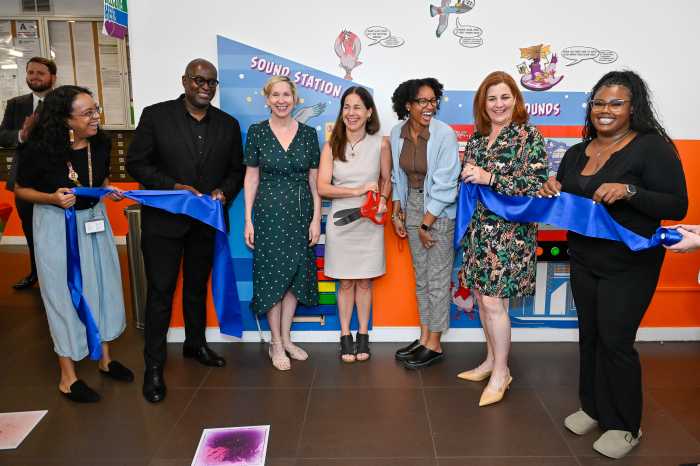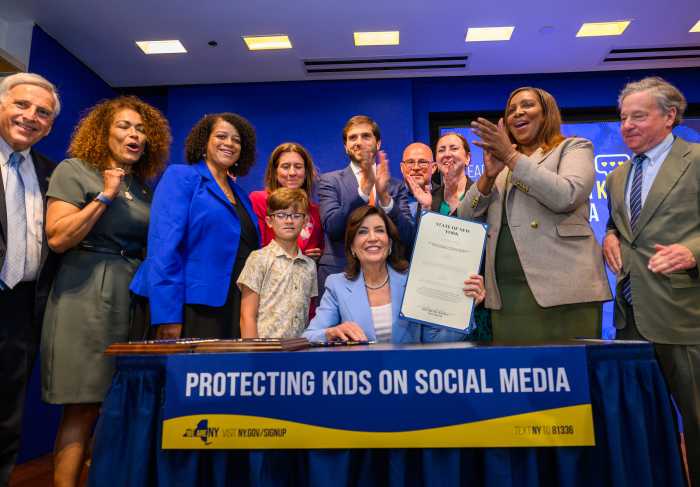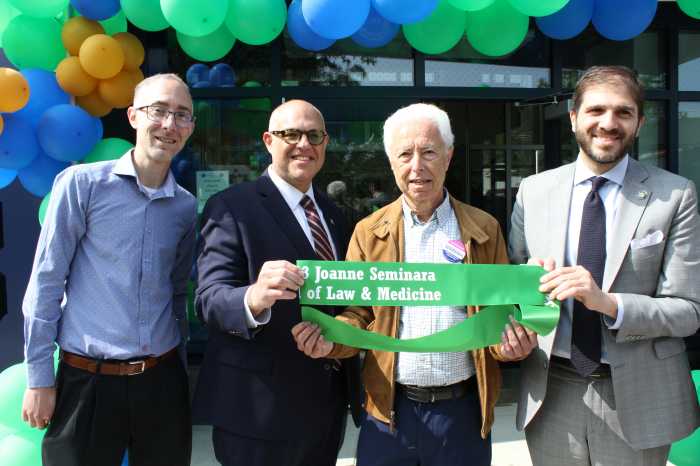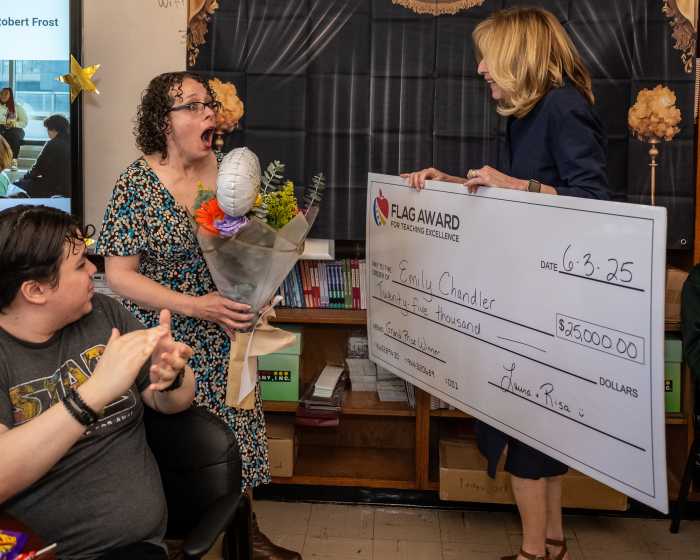This summer, when my kids went to camp, I went to camp too — mindfulness camp.
When I signed up for the week-long workshop and conference at the Omega Institute upstate on “Mindfulness in Education” with Daniel Rechtschaffen, founder of the Mindful Education Institute and author of “The Way of Mindful Education,” I thought of it as professional development for my fledgling arts education non-profit.
But what I found as I sat inside the beautiful sanctuary surrounded by trees, propped up on cushions for meditation, learning and getting to know the amazing group of teachers, therapists, and community leaders taking part, was that I was really learning how to connect — to myself, to my family, to the world.
Life is busy. Technology is pervasive. New York City is a crazy, crowded, often maddening place. Sometimes I forget to stop and breathe, to feel what’s going on with my body, to tune out and focus in, to give myself loving understanding. It stands to reason, then, that it becomes hard to offer love and understanding to my family and to others.
“Compassion to myself directly correlates to my compassion for others,” Rechtschaffen told us from the front of the room, his soothing, caring voice a sure sign that he himself has worked on personal compassion.
As the son of the founders of Omega, an institute for holistic studies, he grew up at the feet of the world’s great gurus and has chosen a path of teaching the best practices from ancient and modern attentiveness rituals he has made it his life work to study.
Mindfulness, Rechtschaffen said, is “being present to everything as it is,” or, he said with his sweet laughing smile, “awareness of awareness.”
He quoted Jon Kabat-Zinn, creator of the Mindfulness-Based Stress Reduction program at University of Massachusetts Medical School, who defined it as “paying attention in a particular way on purpose in the present moment and non-judgmentally.”
As I sat there, posture upright, attention focused, intention set to build more connected relationships, I recalled my last hours in the car with my children before dropping them at camp. I let the thoughts drift in about my impatience and judgment of their behavior, my inability to see beyond their behavior to their own emotions, and I tried to stay calm and relaxed, to give myself some compassion for my imperfections.
The hip-hop rhythm of one of the conference’s great mindfulness coaches, Morris Ervin, rang in my ears: “Know it and name it, let it go, and just BREATHE!”
Throughout the week, as we meditated, practiced mindful movements including ancient Chinese qigong, watched relationship role-play, and had the opportunity to share and listen to one another about our challenges and aspirations regarding living and teaching more mindfully, I thought often of my parenting.
It was easy in this setting to imagine I might be more patient and understanding with myself and then be able to shower similar loving kindness on my kids. But how was I going to manage this much self-care at home?
Rechtschaffen acknowledged that, in the real world, “we have to wade against a barrage of distractions, and focus on purpose.” We want, even need, to gain that profound attunement — that very present state that we can feel running, or skydiving, playing music or dancing or writing in order to be good leaders of children, in the workplace or at home.
To be present and aware of yourself, to be happy with who you are and your great abilities, will help to keep you from reacting to the emotions of others, from “getting blended,” as he termed it.
He offered some simple steps for mindfulness:
1. Find a designated inspirational spot, inside your house or outside.
2. Set a time, even as little as 10 minutes, to sit and practice mindfulness.
3. Set up a solid seated posture with pelvis tilted forward, chest open and spine lifted up, hands on lap or knees. Inhale in and feel tall, exhale and feel the earth.
4. Set an intention to determine the purpose of the day’s practice in your heart and mind.
5. Find support through a community of supportive loving people in your mind (or join an actual supportive mindfulness group).
6. Establish focus through attention to your breath and the sensations of your body. Connect your thought patterns to emotion and notice your physical experiences of those emotions.
It is important to remember, there is no test of mindfulness, no right or wrong way to do it.
“If there is a measure to the progression of our practice, it is how accepting and empathic we can be to whatever it is that arises within our field of awareness,” Rechtschaffen said.
That empathy ideally translates into calm, kind, forgiving attitudes toward others. Hey, it’s worth a try.

























